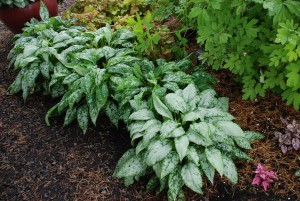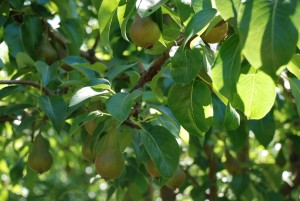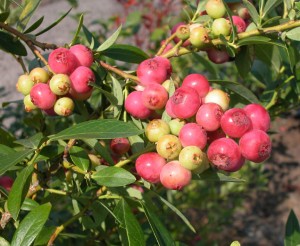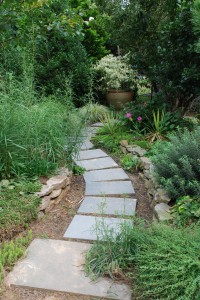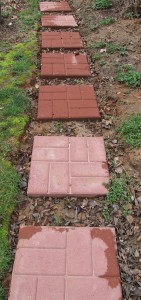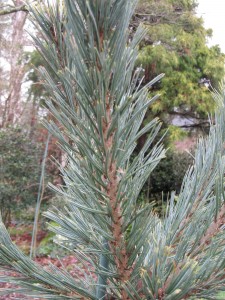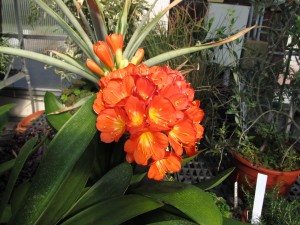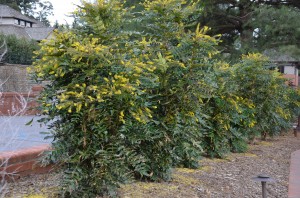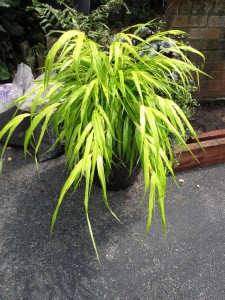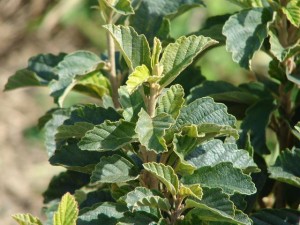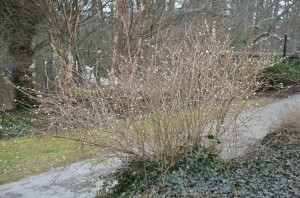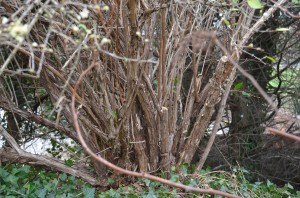The lungworts (Pulmonaria spp.) are very popular in shade gardens with hostas, astilbes, Solomon seals, and ferns (USDA hardiness zones 4-8). Their green or silver-colored foliage may be dusted with green, silver or white spots. Lungworts are divided into two distinct foliage forms: narrow long-leaf (P. longifolia) and silvery or speckled oval leaves (P. saccharata). Longifolia types possess better cold tolerance. New hybrid cultivars exhibit totally awesome silver foliage and better heat and disease tolerance than ever before.
In late winter clean up the garden area, removing old foliage and flower stems. By late winter new flowers poke up through the litter before the spring foliage develops. On some varieties the flowers may start out one color and age to another. Blooms attract early arriving butterflies, bees, and hummingbirds.
An ideal garden spot is in partial to full shade. It has good air circulation to avoid potential leaf disease problems. A moist, well drained, compost-rich soil is crucial. Lungworts prosper with proper irrigation and mulching practices the first two years. Older established plants tolerate short two week long dry spells before leaves wilt and dry out. Overwatering and overcrowding plants will likely invite mildew diseases and slug problems.
Lungworts tend to be light feeders. Once a year feeding with granular 10-10-10 fertilizer or bi-monthly with a water-soluble product such as Miracle-Gro®, Jack’s Classic®, or Daniels® is usually adequate. Lungworts tend to be short-lived and should be divide every 3-5 years in early fall.
There are over 50 hybrid cultivars to shop for, varying from 6 to 24 inches in height to 24 to 30 inches in spread. If starting a lungwort collection, try any of the following 6 cultivars:
• ‘Roy Davidson’ – white spotted foliage; flowers open pink and age to blue.
• ‘Dark Vader’ – dark green, silver spotted foliage; blue flowers.
• ‘Excalibur’ – heat tolerant silvery foliage; rose colored flowers.
• ‘Janet Fisk’ – heavily marbled leaves; pink flowers fade to lavender.
• ‘Sissinghurst White’ – silvery white speckled leaves; large white flowers age to pale pink.
• ‘Spilled Milk’ – leaves with silvery surface with green spots; pink flowers.

